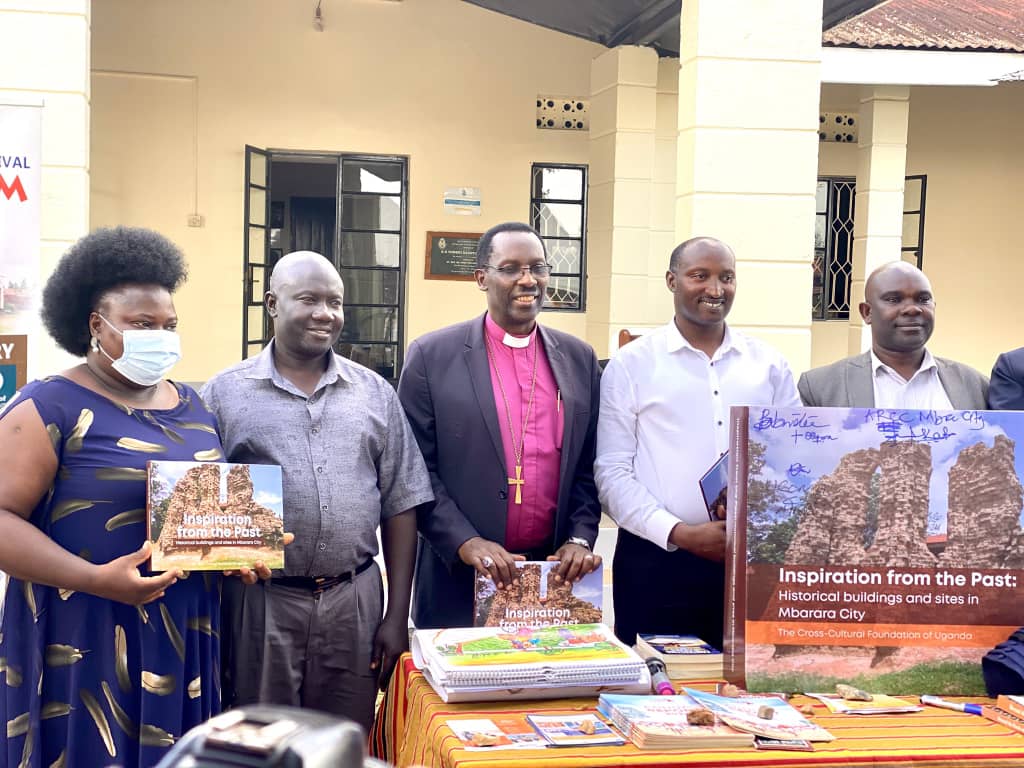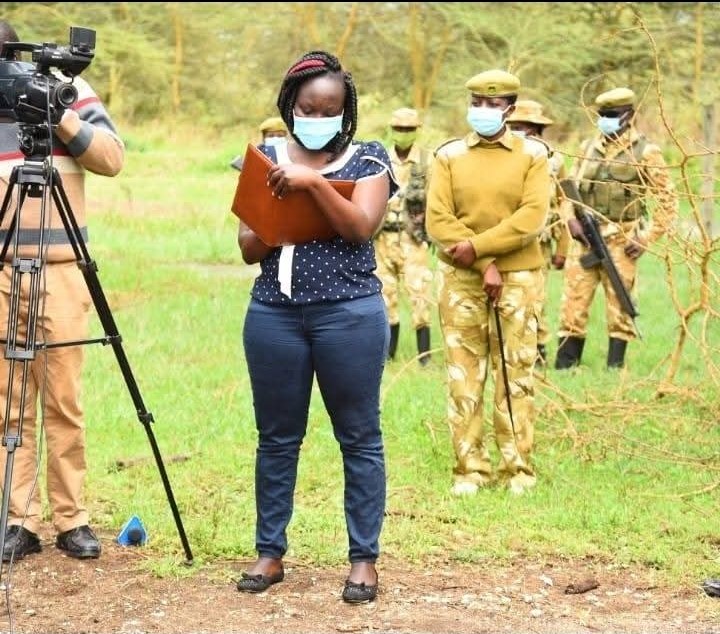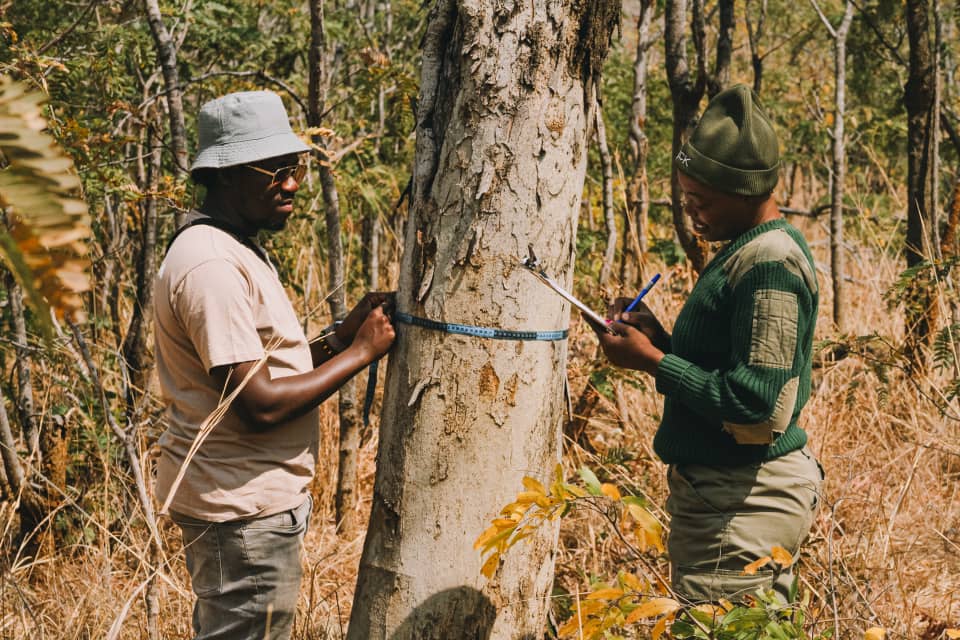
Kenya Wildlife Service (KWS) on Saturday, 21 June 2025, reaffirmed its commitment to giraffe conservation during national celebrations to mark World Giraffe Day at the historic Ivory Burning Site in Nairobi National Park.
The event, organised in collaboration with the African Fund for Endangered Wildlife (AFEW) Kenya, brought together officials, conservation partners, and students from 33 learning institutions. It focused on evaluating progress made under Kenya’s National Giraffe Recovery Plan and strengthening efforts to protect the country’s three giraffe species—the Maasai, Nubian (Rothschild’s), and Reticulated giraffe.
KWS Board of Trustees Chair, Lt. Gen. (Rtd) Walter Raria Koipaton, noted that Kenya remains the only African country hosting all three giraffe species. He reported that more than 15,000 Maasai giraffes have been recorded in Amboseli and Tsavo, nearly 20,000 Reticulated giraffes in northern Kenya, and over 1,000 Nubian giraffes under intensive protection.
“This biodiversity places a unique responsibility on us. The stability of these populations reflects years of investment and collaborative planning,” he said.
AFEW Kenya Board Member, Dr Alice Kaudia, emphasised that the observance was not only a celebration of achievements but also a call to deepen cooperation among stakeholders.
“It is a moment to reflect on gains made, but also to accelerate innovation and partnerships to prevent further decline,” she said.
According to the United Nations Environment Programme (UNEP), giraffe populations across Africa have declined by nearly 40 percent over the past 30 years due to habitat degradation, poaching, climate change, and land-use pressures. The Nubian giraffe, found in parts of western Kenya, is currently listed as endangered by the International Union for Conservation of Nature (IUCN).
Efforts to conserve giraffes in Kenya also contribute to the advancement of global development targets, particularly those outlined in the 2030 Agenda for Sustainable Development. These include commitments to halt biodiversity loss, address climate change through ecosystem resilience, and promote inclusive environmental education.
KWS Director General Prof. Erustus Kanga warned that threats such as illegal hunting, shrinking natural habitats, and increased human-wildlife conflict continue to undermine conservation gains. He called for integrated ecological planning, deeper public engagement, and sustained investment in conservation education.
“Giraffe conservation must go beyond protected zones. Communities must be at the centre of our strategy,” Kanga stated.
AFEW Kenya CEO Christine Nyang’ana reaffirmed the organisation’s support for the National Giraffe Recovery Action Plan. She highlighted ongoing programmes in habitat restoration, community outreach, and public education, noting that cross-sector collaboration remains essential to reversing population decline.
The ceremony concluded with an award presentation recognising student conservationists. Glorious Grace, a student from Oserian Comprehensive School, was awarded first place in a national essay competition. In her remarks, she urged the government to strengthen enforcement against wildlife crime.
“Poaching impunity must come to an end. It not only threatens our wildlife but also endangers human lives,” she said.
World Giraffe Day, observed annually on 21 June, serves as a global reminder of the silent but steady decline of one of Africa’s most iconic species. For Kenya, the 2025 commemoration reaffirmed its leadership role in giraffe conservation and the importance of inclusive, science-driven approaches to safeguarding the continent’s natural heritage.



